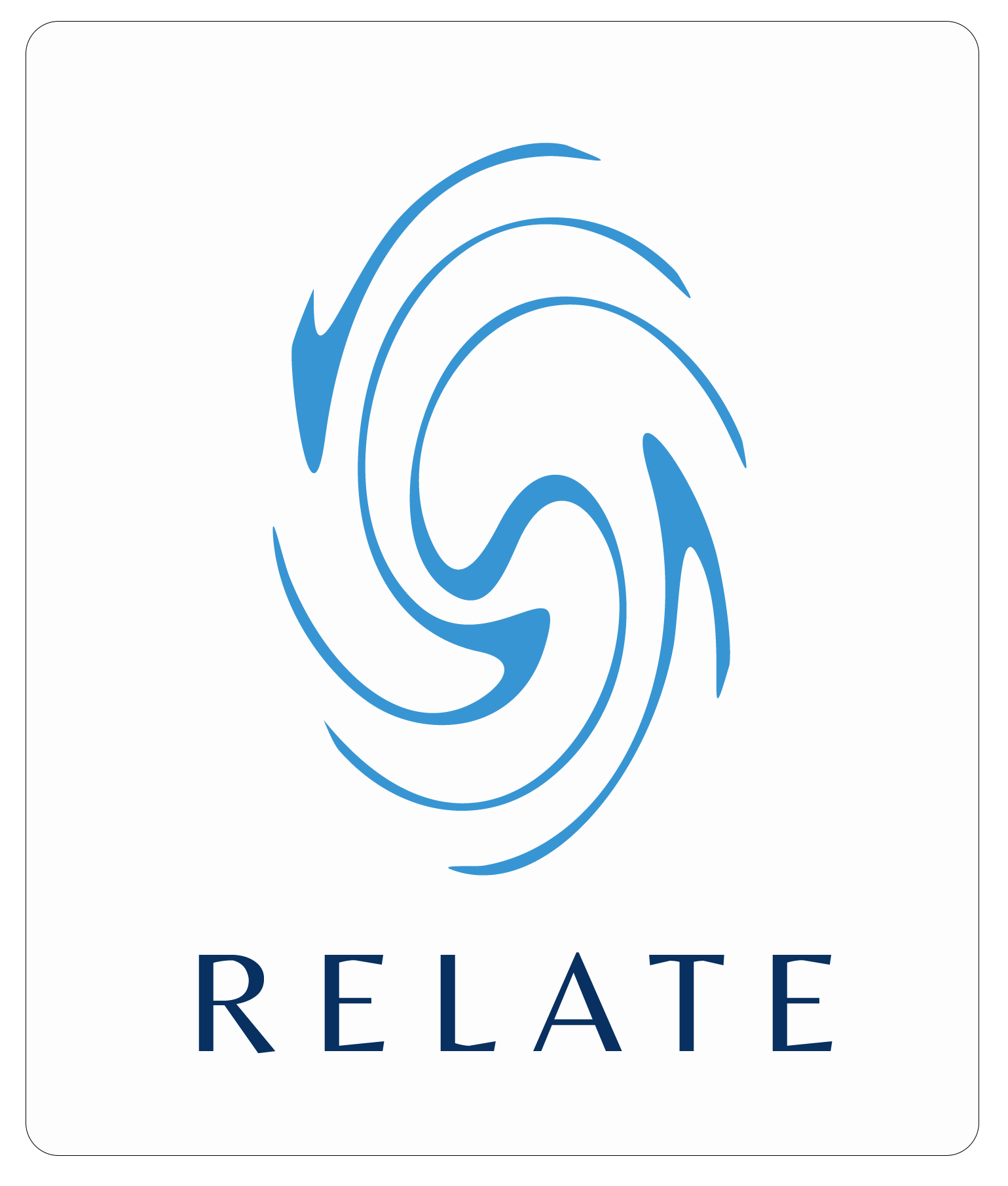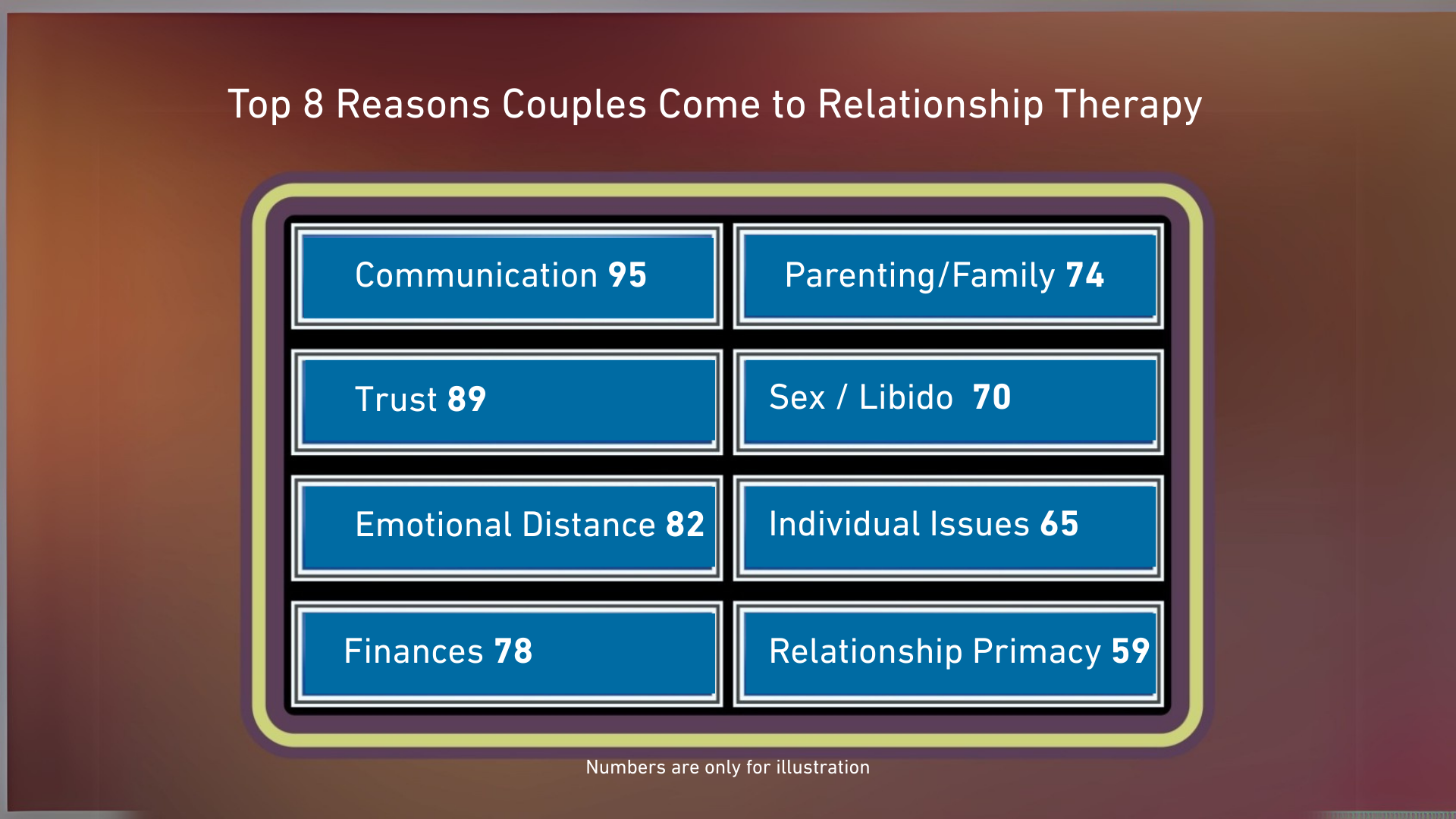In the world of relationship therapy, creating a meaningful and lasting connection between partners is often the marker of success. An efficient and common sense approach to create this connection lies in the Presence Bridge Model, an integrated approach that highlights the essence of presence in therapeutic settings. Whether you're a therapist seeking to deepen your understanding of ‘bridge models’ or you're considering becoming a relationship therapist, this guide will walk you through the Presence Bridge Model for creating connection.
Understanding Presence Oriented Relationship Therapy’s Presence Bridge Model
The Presence Bridge Model was initially developed to assist therapists in quickly and effectively training to work with couples, a process far more complex than individual therapy. The traditional approach to learning therapy often leans heavily on individual-focused training, creating a significant learning curve when transitioning to couple's therapy. The Presence Bridge Model addresses this gap by emphasizing connection, a fundamental component of all successful relationships, to help therapists and couples create a strong connection.
Presence, as defined in this context, is the authentic engagement between partners, where they are fully attentive and connected with each other. It's about more than just hearing words; it's about feeling the emotional essence of your partner's communication. This model is not just for the couple; it extends to the therapist as well, who must maintain presence to foster an effective therapeutic alliance.
The Essential Steps of the Presence Bridge
Central to this model is a series of steps that guide couples into deeper connection and understanding. Here’s a breakdown of these critical steps:
Invitation Acceptance
This initial step involves one partner extending an invitation for dialogue and the other accepting it. This sets the stage for open communication and removes barriers that might hinder the conversation.
Sending and Receiving Messages
Effective communication requires both sending accurate messages and genuinely receiving them. Listening without distraction and responding empathetically are crucial here. It's important to avoid the pitfalls of miscommunication where dual dialogue blocks the communication..
Empathy and Validation
Moving beyond mere words, this step involves embracing the partner’s emotions. Empathy allows couples to truly understand each other's perspectives, while validation provides acceptance of their feelings.
Response Transition
Transitioning from focusing solely on one’s own perspective to recognizing and valuing the partner's world. This helps in creating a mutual understanding rather than one-sided conversations.
The Role of the Therapist in Presence Oriented Relationship Therapy
In the Presence Bridge Model, the therapist plays a dual role: a facilitator of connection and a model of presence. By maintaining an authentic connection with both partners, therapists exemplify presence in action. They also guide couples through each step of the bridge, ensuring that the dialogue progresses constructively.
With PORT therapists are trained to blend structural steps with relational experiences, ensuring that presence isn’t just a procedural formality but a genuine, emotionally enriched experience. This balance built upon the prior work of Gottman, Imago, and EFT. It is what makes the Presence Bridge Model unique and effective.
Beyond the Bridge: Incorporating Additional Models
The Presence Bridge Model doesn’t exist in isolation. It seamlessly integrates with the other PORT models: the Relational Brain Model and the Five Step Therapy Model. Together these models provide a comprehensive framework that addresses both emotional and structural components of therapy.
Applying the Presence Bridge in Real Life
The key benefit of the Presence Bridge Model is that presence feels intuitive, especially for couples in the early honeymoon phase of their relationship. However, over time, maintaining this presence requires conscious effort and practice. The Presence Bridge Model offers practical strategies to rekindle this connection which results in resilient and emotionally-rich relationships.
Couples who practice this model often report feeling a renewed connection, even after years of disconnection. They find that by engaging fully with each other’s emotional experiences, they are able to break down barriers and build an emotionally satisfying relationship.
PORT: A Path to Connection and Healing
The Presence Bridge Model is a transformative tool for relationship therapists, providing a structured yet flexible approach to building authentic connections. For therapists, it offers a framework to guide couples through the complexities of relational dynamics. For couples, it opens the door to deeper understanding and intimacy, driven by presence and deep connection.
As you embark on this journey, remember that presence isn’t just a therapeutic technique; it’s a way of being that fosters genuine love and connection.
If you are interested in learning more about the Presence Bridge Model, try Connection, Change and Trust is a free introduction to PORT. It comes with 5 CPD Points (Australian Counselling Association).







